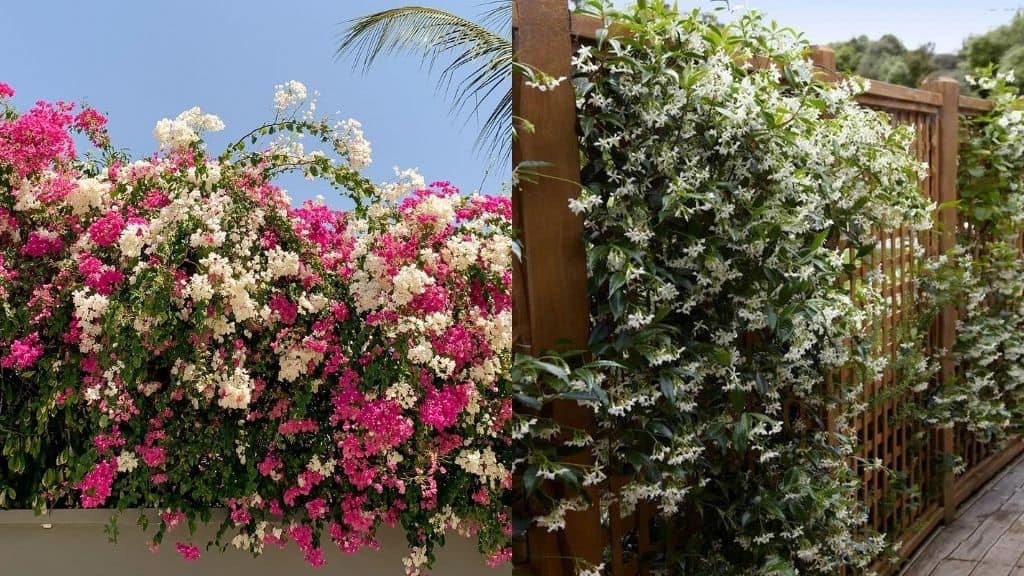
What Are Climber Plants?
Climber plants are not just greenery; they are essential components of gardening and landscaping that enhance beauty, provide shade, and create private spaces. As these plants reach skyward, they transform bare walls and fences into vibrant living canvases, maximizing limited outdoor areas. “Gardening adds years to your life and life to your years,” said a famous horticulturist, and with climbers, that sentiment rings true.
Imagine walking through a quaint urban garden where vibrant Bougainvillea cascades over a trellis or a cozy backyard adorned with lush jasmine, filling the air with its sweet fragrance. Whether you’re an avid gardener or a newcomer looking to beautify your surroundings, understanding climbers and creepers can significantly enhance your green space.
Climber plants, often referred to as vines, are fascinating organisms that can ascend or spread across various supports, including walls, trellises, and fences. These plants possess specialized structures—like tendrils, hooks, or twining stems—that facilitate their climbing abilities. This unique growth habit not only provides vertical interest but also creates natural screens, offering privacy and shelter.
In urban settings, climbers are invaluable. They can soften hardscapes and transform stark structures into lush retreats. As landscape designer James Van Sweden once remarked, “A garden is a thing of beauty and a source of inspiration.” Climber plants contribute significantly to that beauty, allowing homeowners to express their creativity and style while contributing to a more sustainable environment.
List of Climber Plants: Names with Pictures and Examples for Your Garden
Climber plants are versatile and add vertical beauty to any garden or home space. They use support structures like trellises, walls, or fences to grow upward. These plants are not only visually appealing but also functional, offering shade, privacy, and even air purification in some cases. Let’s explore some popular examples of climbing plants, their benefits, and their relevance.
1. Bougainvillea (Bougainvillea spectabilis)
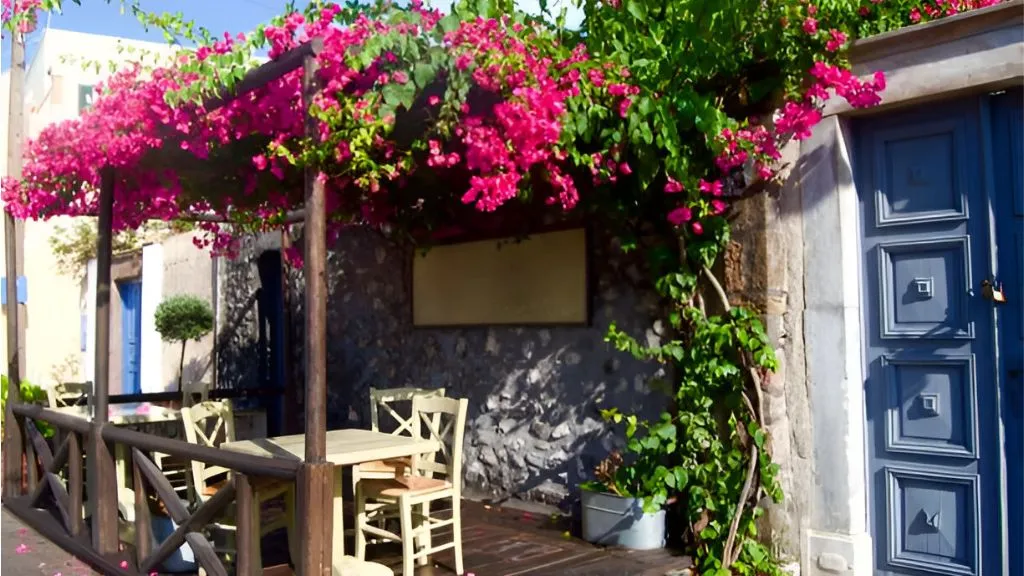
Bougainvillea is one of the most vibrant climber plants often used in gardens to create stunning visual backdrops. Known for its colourful bracts in shades of pink, purple, and orange, this plant adds a tropical flair to any setting. Bougainvillea thrives in sunny conditions and can be used to cover trellises, pergolas, or even walls, making it an ideal wall creeper plant. In terms of cultural relevance, Bougainvillea is often associated with celebrations in tropical regions and cherished for its long-lasting blooms. It also has minimal water requirements, making it an eco-friendly choice.
2. Money Plant (Epipremnum aureum)
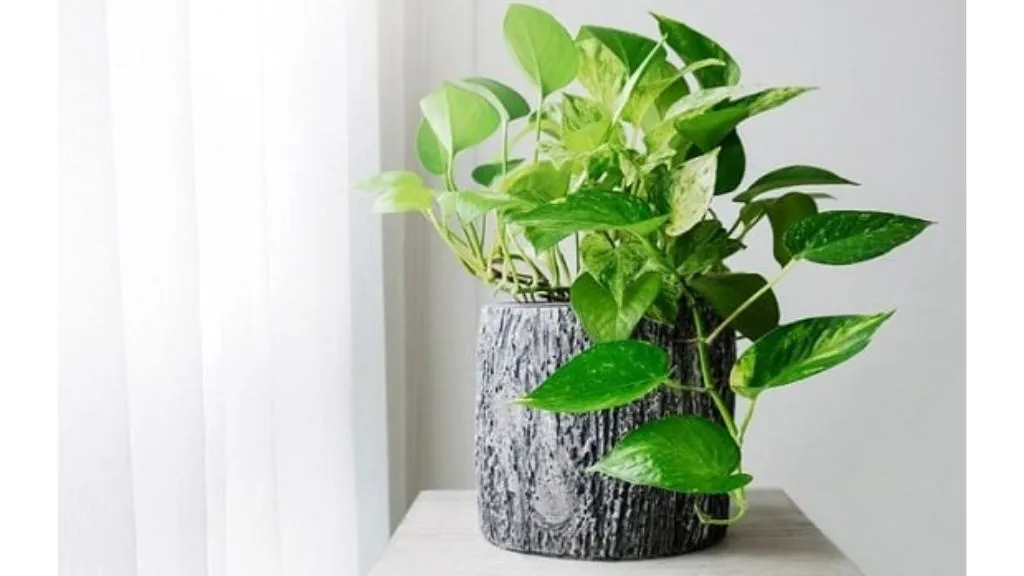
The money plant climber, also known as Devil’s Ivy, is a favourite indoor plant that can grow both as a climber and a trailing plant. It is commonly associated with bringing good fortune and wealth, particularly in Indian households. This plant is incredibly low-maintenance, thriving even in low-light conditions. Scientifically, the money plant is known for its air-purifying qualities, filtering toxins like formaldehyde from the air. It’s also perfect for small spaces like balconies, where it can cascade beautifully from pots or hanging baskets.
3. Boston Ivy (Parthenocissus tricuspidata)
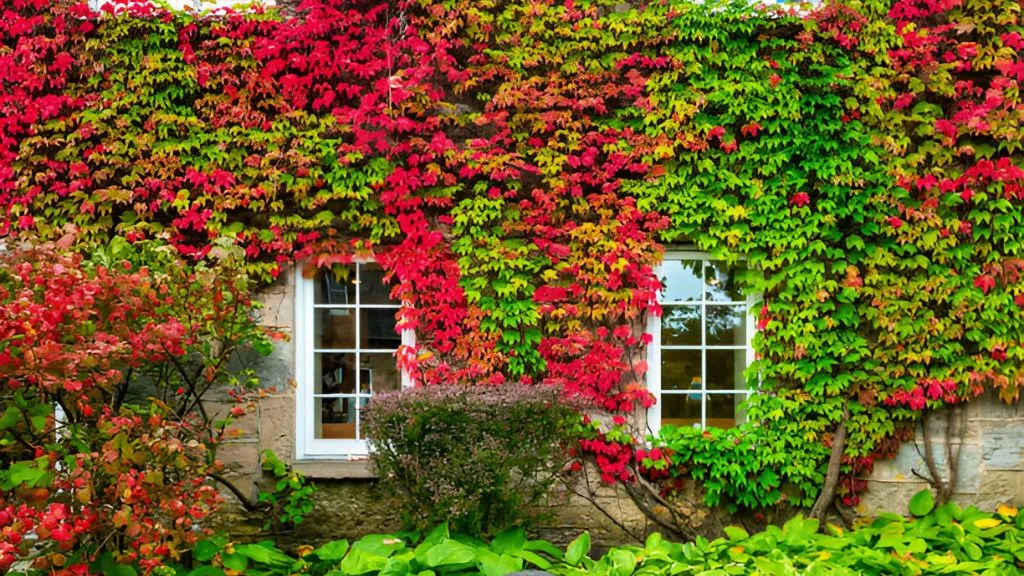
Boston Ivy is one of the best climbing plants for covering walls and fences. Its lush green foliage transforms into a brilliant red and orange display during the fall, making it a popular choice in landscapes that require seasonal colour. Boston Ivy clings to surfaces using tendrils, making it a perfect wall creeper plant. Culturally, it is often used in older architecture to create a vintage, romantic look. Scientifically, it offers benefits by reducing heat absorption in buildings, making it an energy-efficient plant in urban areas.
4. Passion Flower (Passiflora incarnata)
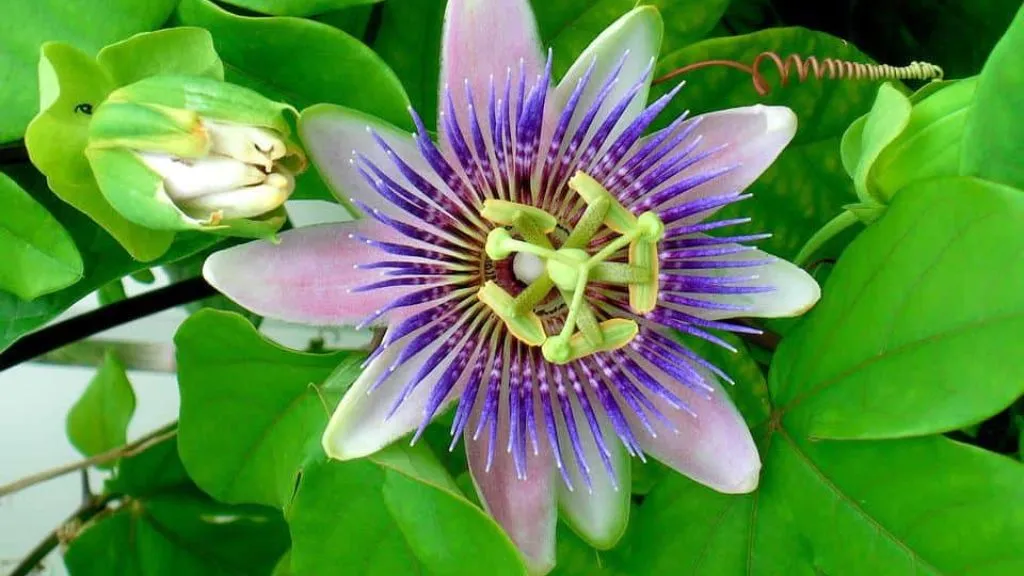
Known for its intricate and exotic blooms, Passion Flower is an iconic flowering creeper in India. It is cherished not only for its beauty but also for its medicinal properties, particularly in calming the nervous system and treating insomnia. Passion Flower attracts pollinators like butterflies and bees, making it an excellent plant for supporting biodiversity. Its vibrant blooms and cultural significance in Indian folklore as a symbol of divine love make it a garden favourite.
5. Morning Glory (Ipomoea purpurea)
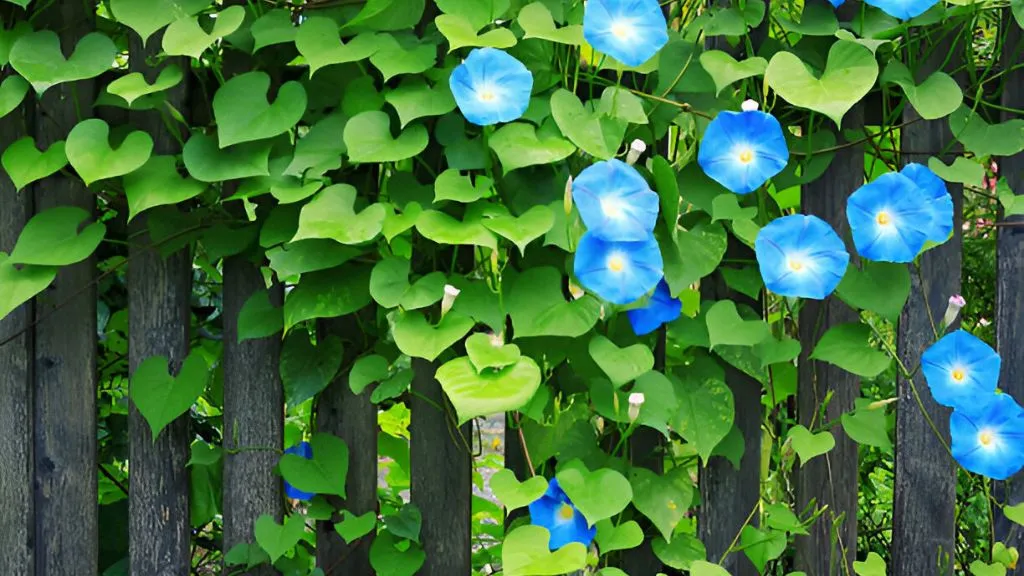
Morning Glory is a fast-growing climber plant that thrives in sunlight, producing stunning trumpet-shaped flowers in shades of blue, pink, and purple. This plant is perfect for covering fences and trellises, creating a burst of colour in any garden. Morning Glory is also one of the most popular wall creeper plants, known for its resilience and rapid growth. Culturally, it is often associated with renewal and new beginnings due to its flowers blooming each morning. Its vibrant hues make it a natural fit for home gardens and small urban spaces.
List of Creeper Plants Examples with Names: Ground-Level Beauties
Creeper plants grow horizontally along the ground rather than vertically. These plants are perfect for covering the ground and adding greenery to spaces that need it. They are often used to prevent soil erosion and create natural green carpets.
1. Creeping Jenny (Lysimachia nummularia)
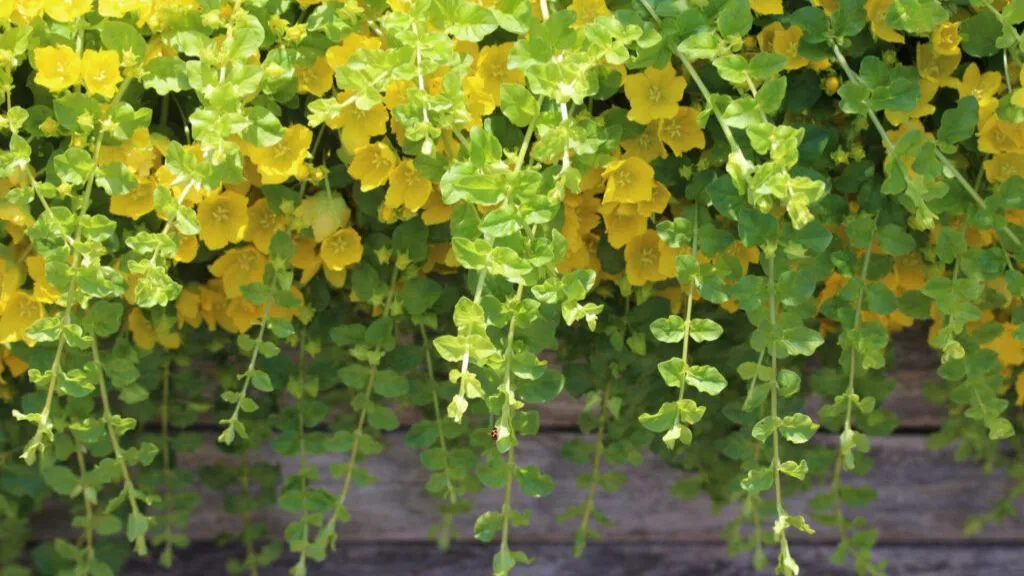
Creeping Jenny is a popular groundcover plant known for its bright yellow-green foliage. It thrives in shady areas, making it a great choice for gardens that don’t receive full sunlight. Creeper plants, for example, Creeping Jenny, are often used to add colour and texture to landscapes. It’s also excellent for planting near water features, where its lush greenery can complement ponds or streams.
2. Sweet Potato Vine (Ipomoea batatas)
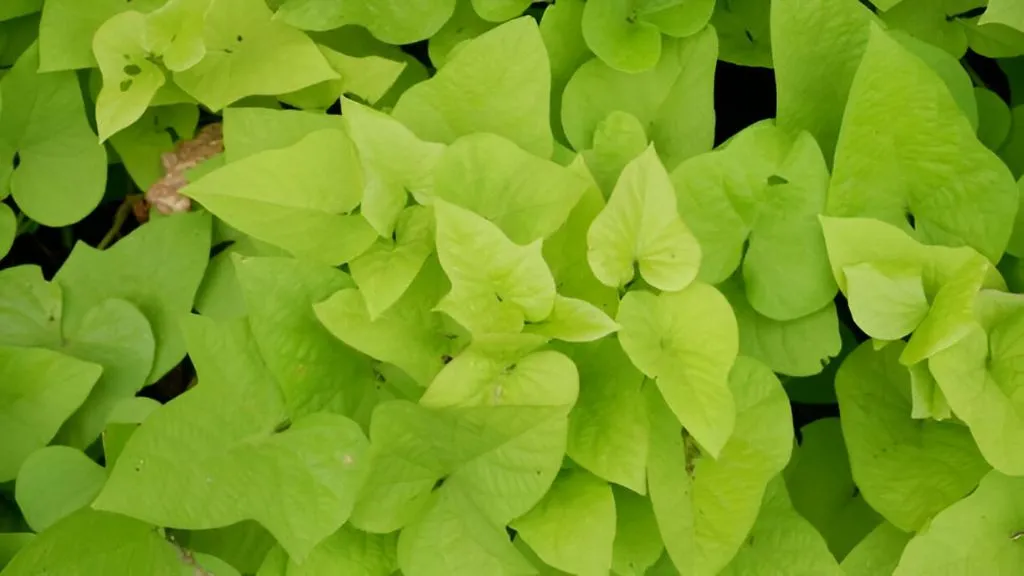
This creeper plant is primarily grown for its attractive foliage, which comes in shades of green, purple, and bronze. The sweet potato vine is often used in hanging baskets, where its long vines can trail down, creating a dramatic effect. In terms of scientific relevance, it belongs to the same family as edible sweet potatoes and is often used in ornamental gardening. Its rapid growth and ability to thrive in both sun and partial shade make it a versatile addition to any landscape.
3. Pea Plant Climber (Pisum sativum)
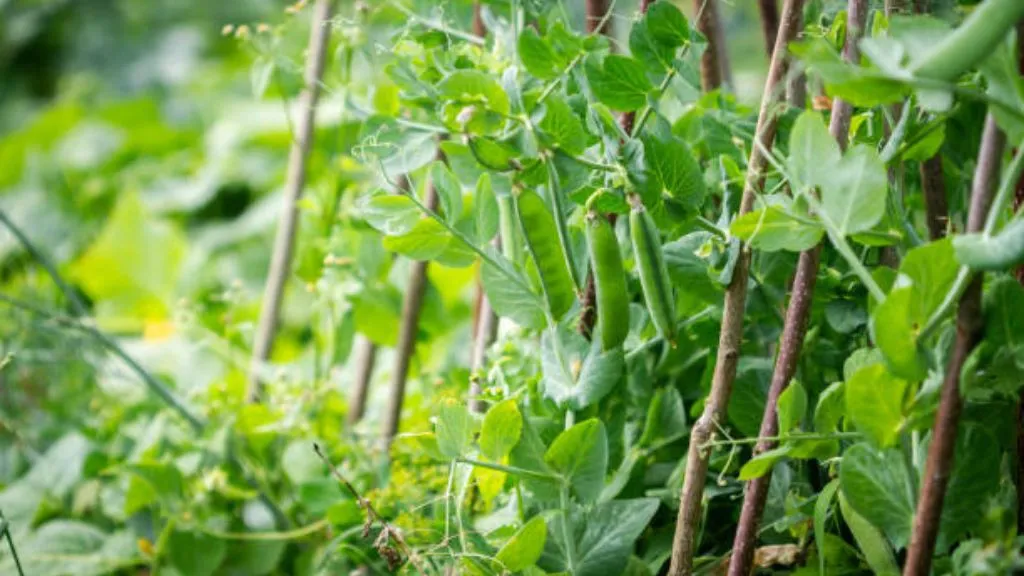
The pea plant climber is both a functional and ornamental plant. While its primary purpose is to produce edible peas, its climbing vines also create beautiful greenery in vegetable gardens. Pea plants grow quickly and need minimal support, making them an excellent choice for those wanting to grow their food. Culturally, the pea plant is a staple in many Indian households, especially during cooler months. It adds height and beauty to gardens while providing nutritious food.
What are the Benefits of Using Climber Plants?
- Space Optimization: Climbing plants like money plant climbers or pea plant climbers grow vertically, making them perfect for small spaces or narrow areas.
- Aesthetic Enhancement: Examples of climbers such as bougainvillaea and ivy add beauty to walls, fences, and pergolas, transforming the space with vibrant colours and greenery.
- Natural Privacy and Shade: Climbers like grapevine create living screens, offering privacy and shading outdoor areas, while the best climbing plants, like jasmine, also add fragrance.
- Air Purification: Climber plants absorb harmful pollutants, improving air quality. Climbing plants examples such as honeysuckle and creepers plants examples like morning glory contribute to a healthier environment.
- Temperature Control: Climbing plants like ivy provide insulation, reducing heat absorption in summer and cooling the surroundings naturally.
- Wildlife Habitat: Climbers attract birds and pollinators. Examples of climbing plants such as passion flowers support wildlife and enhance biodiversity.
- Low Maintenance: Many climbers, including creepers plant examples like sweet peas, require little care, making them a practical and aesthetic addition to homes.
How to Care and Manage Climbers and Creepers Plants?
Caring for climber plants and creeper plants involves attention to their growth habits, providing the right support, and regular maintenance. Here’s a detailed guide to help manage these plants effectively:
1. Provide Support Structures
Examples of climbing plants such as Bougainvillea and Morning Glory naturally grow upward and need proper support to thrive. Using trellises, fences, or walls as support structures for these wall creeper plants will encourage vertical growth and prevent them from spreading uncontrollably. When managing climbing plants, always ensure that the support structure is sturdy enough to hold their weight as they mature. Plants like Boston Ivy or Clematis, which are among the best climbing plants, require stronger frameworks due to their heavier foliage and fast-growing nature.
2. Regular Pruning and Training
Pruning helps maintain the shape and health of climbers and creepers by removing dead or damaged parts. For vigorous climbers like Flame Vine or Passion Flower, regular trimming ensures that they don’t become overly dense or take over garden spaces. Regular pruning also encourages new growth, making your flowering creepers in India, like Jasmine or Rangoon Creeper, bloom more profusely.
For creepers like Creeping Jenny or Sweet Potato Vine, pruning keeps the plants from spreading too far and becoming invasive. These creeper plants require occasional trimming to maintain their shape and prevent them from crowding out other plants in your garden.
3. Watering and Sunlight Requirements
Most climber plants and creepers thrive in well-drained soil. However, the watering needs vary depending on the species. For instance, Morning Glory requires consistent moisture, while Money Plant Climber thrives in slightly dry conditions. Always check the soil before watering to avoid waterlogging, which can cause root rot, especially in plants like pea plant climbers. Additionally, make sure these plants receive enough sunlight. Clematis and Bougainvillea, for example, flourish best in full sunlight, while Creeping Jenny does well in partial shade.
4. Fertilization
Like most plants, climbers and creepers benefit from regular feeding. Fertilizing your plants during their active growing season (spring and summer) promotes healthier foliage and abundant flowering. Use a balanced fertilizer for climbers like Passion Flower, which thrives with an extra nutrient boost. Fertilizers rich in potassium will also help plants like Rangoon Creeper bloom more effectively. Organic compost can also work wonders for the growth of creepers, providing necessary nutrients to Sweet Potato Vine and Creeping Jenny without chemical additives.
5. Pest and Disease Control
Climbers and creepers, like any other plants, can be susceptible to pests and diseases. Regularly check for common pests like aphids, mealybugs, or spider mites, particularly on flowering creepers in India like Passion Flower and Bougainvillea. Use organic insecticides or neem oil as a preventive measure. Additionally, ensure proper air circulation around the plants to prevent fungal infections, which can affect both climbers and creepers plants.
6. Proper Training and Spacing
Training your climbers and creepers to grow in the direction you want is essential. Gently tie your plants to the support structures as they grow to encourage the desired shape. For example, Morning Glory can be trained to wrap around poles or trellises, while Money Plant Climber can be guided along walls or over shelves indoors. In small spaces, like balconies or patios, make use of vertical space by growing climbers and creepers plants in pots with poles or trellises, ensuring they don’t overcrowd the area.
7. Mulching and Soil Care
Adding mulch around the base of your plants helps retain moisture and keep the soil temperature consistent. This is especially beneficial for creepers plants, for example, Creeping Jenny, which prefers moist conditions. Mulching also helps prevent weeds from taking over, ensuring your climbers and creepers’ plants grow healthily without competition for nutrients.
Conclusion
Both climbers and creepers bring unique benefits to your garden. Whether you’re looking for flowering creepers in India like Passion Flower or climbers and creepers plants for ground cover, these plants offer a blend of beauty, functionality, and ecological benefits. Understanding the variety of examples of climbers and creepers plants will help you make the best choices for your outdoor space. Whether you want a striking wall creeper plant like Boston Ivy or a modest money plant climber for your home, these plants enrich any environment with their presence.






